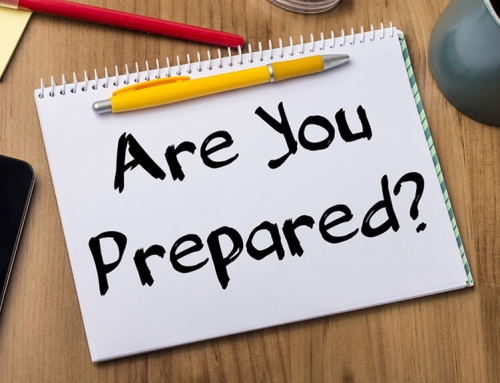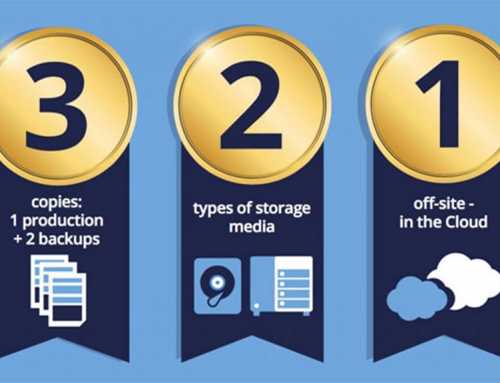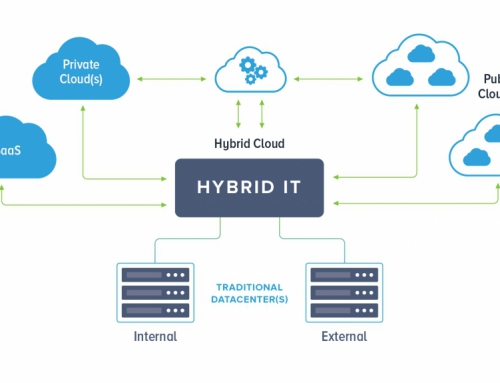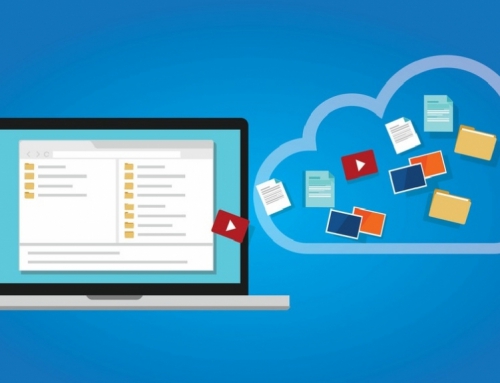See the original article at: https://buildermags.net/Content/Default/Georgia-Features/Article/Starter-Homes/-3/22/590
Whether it’s a hurricane or a tornado, a fire or a flood, or even a cyberattack, any business can be hit by a disaster. But by preparing your company for the worst, you can not only survive whatever happens but recover more quickly than the competition.
More than 25 percent of businesses never reopen after a major disaster and nearly half of businesses lack a cohesive, written disaster preparedness plan, says Peter Carvajal, the Southeast Director of Risk Control at CBIZ, Inc. CBIZ delivers financial, benefits and insurance services to thousands of business and organizations. Carvajal works with companies throughout the Southeast, including Georgia.
“The good news is that there are a number of simple steps small businesses / homebuilders can take to cut disaster recovery time and associated expenses,” Carvajal says.
Understand Your Risks
The first part of creating a disaster plan is to identify potential threats. Are you in a hurricane area? Are you near a river or other area that may flood? Think about your location, the type of records you keep, how much you rely on your electronics and data.
“Now would be an excellent time to contact your insurance agent for a review of policies and confirm that there is adequate coverage for all risks that can affect your business,” Carvajal says. “Be sure you understand your coverage, deductibles, limits and how to file a claim. Consider business income and extra expense insurance as well as flood coverage.”
Be sure to create a complete list of tools and other equipment including model, serial number and receipts or other information to help establish value. Photos of equipment will also help. The information should be stored off site either via the cloud or in a secure location. Some disasters are predictable, like a coming hurricane, so have a plan in place to remove equipment from the jobsite and store it in a secure location.
Record Protection Is Vital
Protecting your business is about more than taking care of the physical aspects of your company.
“In our experience, owners of labor-based businesses tend to focus disaster preparedness efforts almost exclusively on jobsite readiness and the need to secure physical assets and workers from harm,” says Cathy Miron, president and CEO of eSilo, a Jupiter, Fla.-based provider of data backup and disaster recovery solutions. “That is important, [but] it’s not the only preparation that needs to happen. In order for builders to protect their businesses (and not just their customers or jobsites) they need to have contingency plans for their back-office IT and data protection.”
Not protecting records can result in a domino effect on productivity and cause long-term problems for a business.
“Put simply, without the relevant digital assets (e.g. blueprints, drawings, inventory sheets, customer contracts, job schedules, and other documentation) labor-based businesses can’t effectively deploy or manage their physical assets,” Miron says. “Without this data at hand, projects will experience greater delays and slower recoveries.”
Companies should use the 3-2-1 rule when it comes to protecting data.
“Maintain at least three copies of your data,” she says. “Use two different types of media. Keep at least one of the copies offsite or in the cloud.”
The best way to get started is to use a cloud-based data backup service to protect your critical data.
“There are many competing services out there, but it’s best to choose one that specializes in working with small businesses who don’t have their own IT support,” Miron says. “You can expect a higher level of personalized service with companies like this who offer US-based customer support and no long phone queues or tickets to open.”
Keep Up the Communication
It’s also important to consider how you will communicate with employees.
“Create an employee calling tree and know how to email and text each employee,” Carvajal says. “Consider using social media to communicate with employees and clients (e.g. Facebook, Twitter). Designate a telephone number where employees can leave messages. Provide contact cards to key employees. Two-way (FRS) radios may also be useful during periods of cellular coverage interruption.”
Carvajal also recommends establishing a pre-planned location where employees can work off site if necessary and access records, supplies and equipment, such as a home, hotel or office of a business partner.
Customers, many of whom will probably need your assistance, need to know that you are up and running.
“After an event, it is vitally important to notify key customers that you can provide ‘business as usual,’” he says. “Maintain up-to-date contact information for all customers, key contacts, supplies and vendors. Establish procedures for notifying all contacts regarding status of your business, schedules, deliveries etc.”
It’s also important to consider and evaluate the strength of your suppliers and other partners.
“The ability to resume construction operations, especially in a regional event, often depends on the strength of your supply chain,” Carvajal says. “Identify alternate suppliers not in your same geographic area and establish a relationship. Place occasional orders with alternate suppliers so they identify you as an active customer.”
Experts recommend revisiting your disaster plan on an annual basis to make sure that resources are up to date. The plan should also be shared with employees to make sure they understand what is expected of them in the case of an emergency.
Need help planning an effective IT disaster recovery strategy? Contact us here or at info@esilo.com for a complimentary consultation with our CEO, Cathy Miron.




